Wilson History
As early as 1865, the Butterfield Overland Dispatch Coach was traveling from Atchison, Kansas to Denver, Colorado. The dispatch built “swing stations” about every nine to eleven miles so travelers could “swing in,” take care of necessities (a drink of water, refresh their meager staples, change their tired horses for fresh ones), and “swing out” on the trail again. This crude rest stop and relay point was named Wilson Creek Station. Three years later, the Kansas Pacific Railway built Wilson Station. In June of 1871, the Post Office Department designated the site Attica. That label lasted only six months, until the National Land Company surveyed the area, re-naming it Bosland (from the Latin word bos meaning “cattle or oxen”) in the hopes of attracting the cattle trade. However, the settlement never became a center of the cattle trade, and in June of 1873, the United States Post Office officially changed the name of the town to Wison.
A second wave of settlers began in 1874 as Bohemian emigrants traveling by train from Iowa, Nebraska, Chicago, and New York came to Wilson to work on the railroad. Francis Swehla speaks of arriving in “Bosland” in May of 1874 and being the first of his nationality to homestead land here. Swehla wrote letters in the Czech language newspapers encouraging other Bohemians to come to the area.
These Bohemians were mostly craftment in the old country, but cheap, available land caused many to adopt farming as their vocation. Gradually they drifted to town to start their own business.
Probably the Bohemian’s greatest contribution to the culture and social life of Wilson was the erection of the Wilson Opera House in 1901. Two stories high with a seating capacity of 500, it frequently hosted stage shows, public dances, and motion pictures which drew capacity crowds.
Wilson has been known as “The Czech Capital of Kansas” since July 10, 1967.
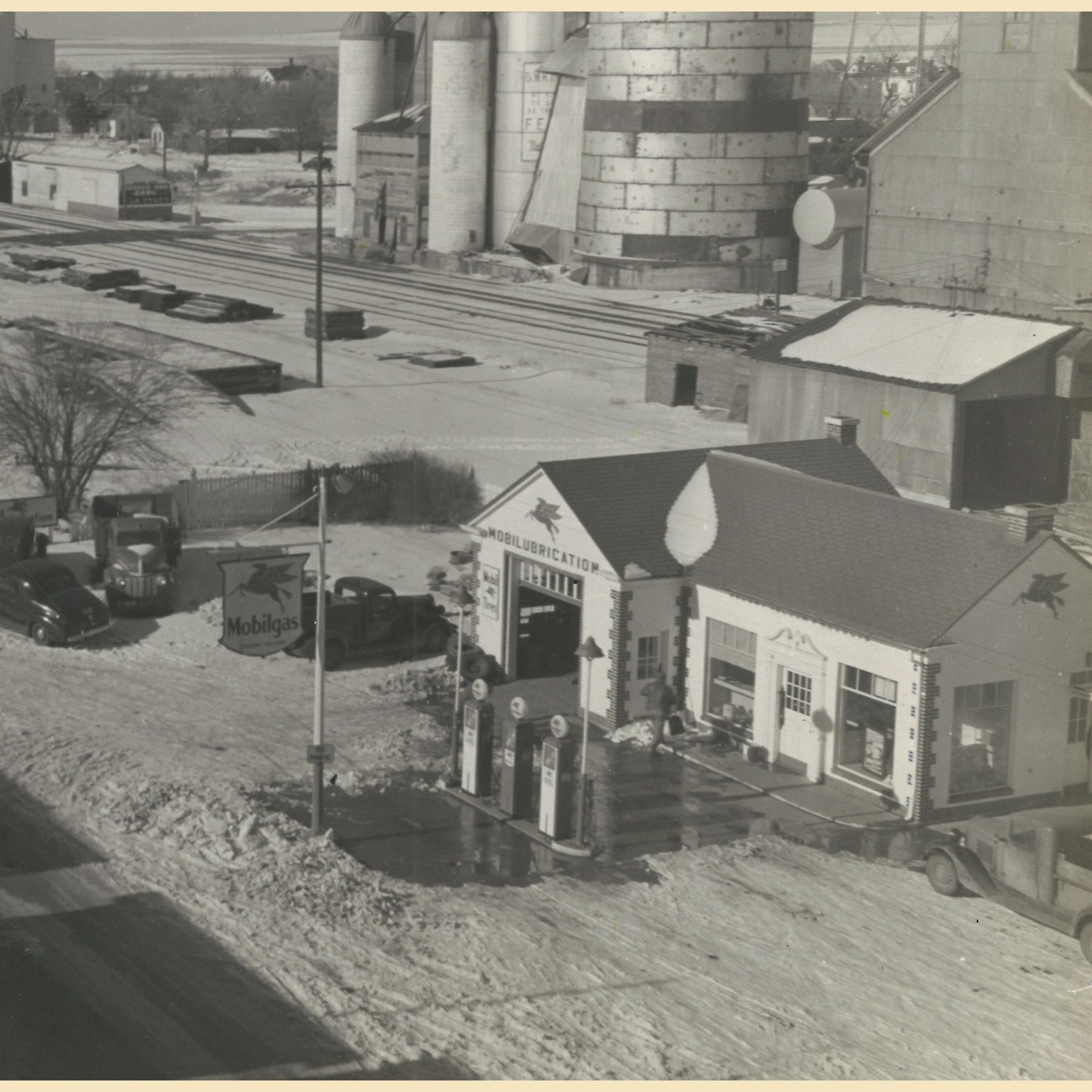
1. White Eagle Station
Built in 1937 by the Socony Vacuum Oil Company (now Mobile Oil) for $7,000, Fred Kyner served as the first manager. This building has been a grain elevator office, tire repair shop and currently the Wilson Chamber of Commerce.
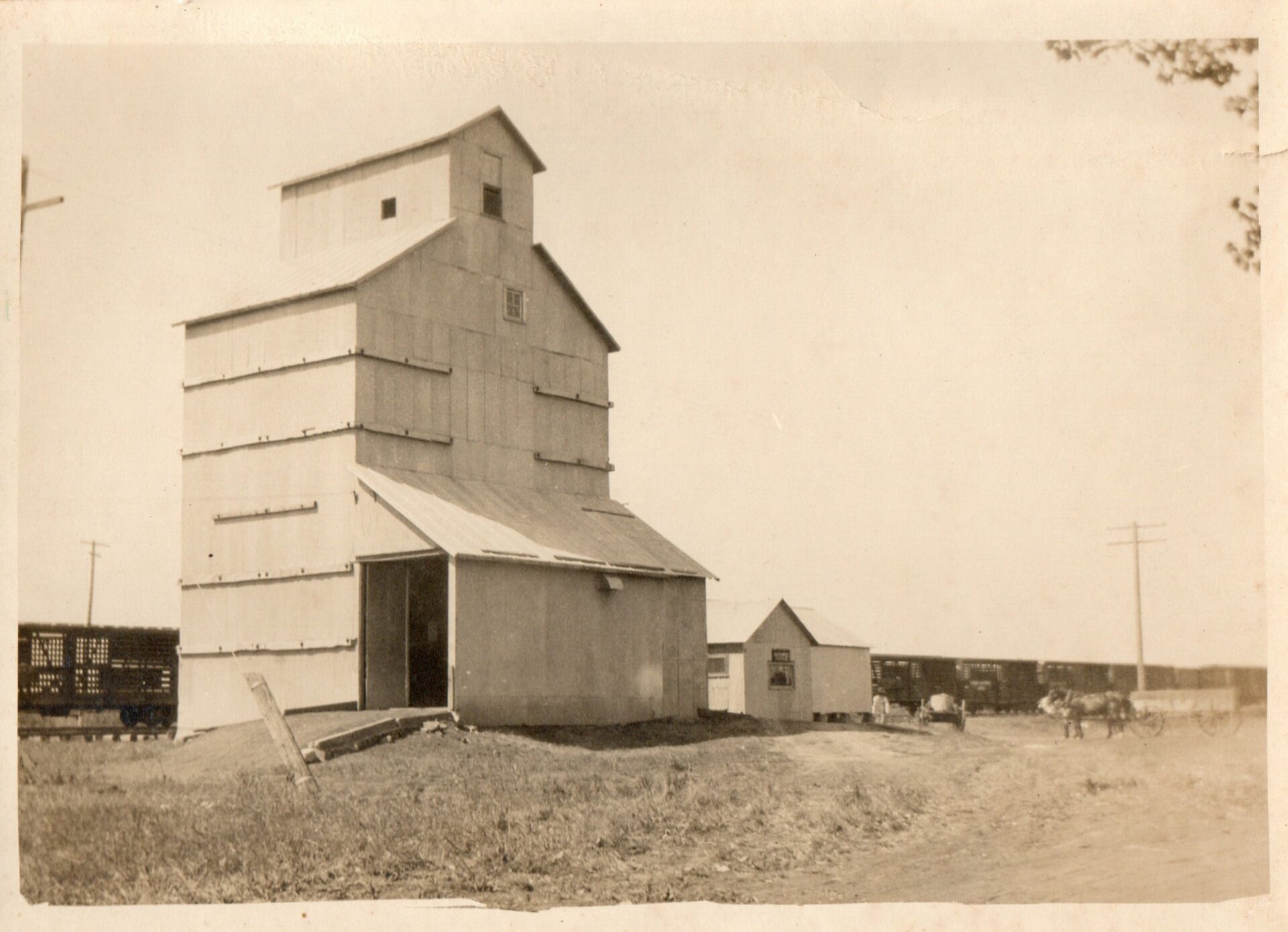
2. Soukup Grain Elevator
The distinctive “Sunflower Coal” storage building was part of a three building complex dating from the 1900. This complex also housed the rain elevator and offices.
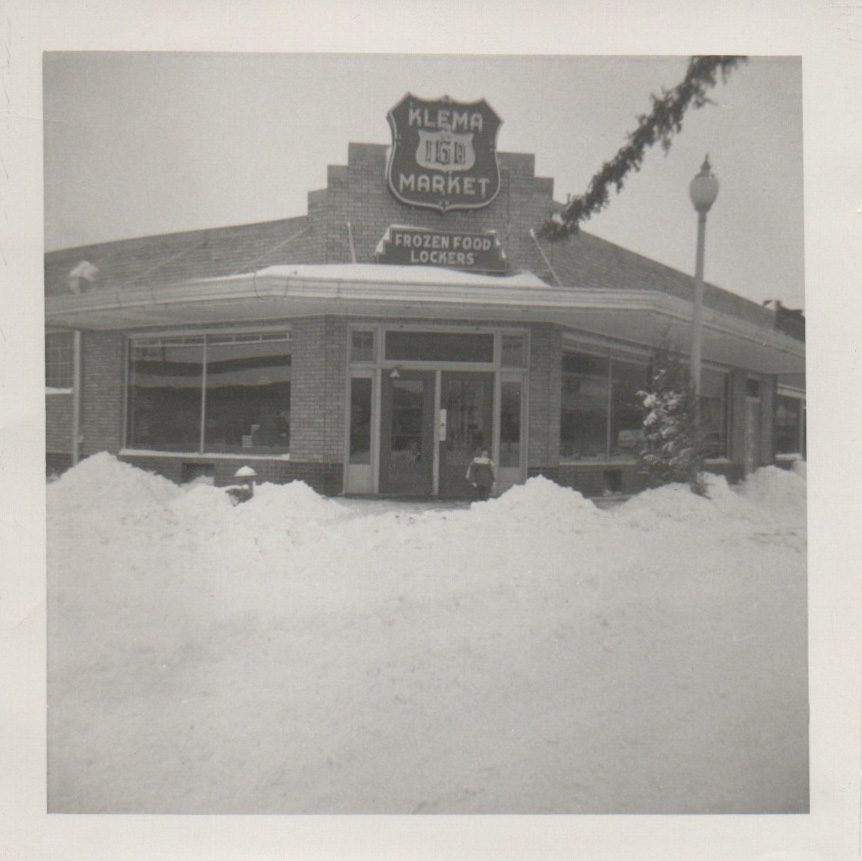
3. Klema IGA Building
James Klema and his son Gerald built this building to become Klema’s IGA in 1947. Three ther businesses became part of this area when Schwarz Building, Gustafson Jewelry along with Gregor’s Store became part of the downtown area in 1932. This building now is Wilson Family Foods.
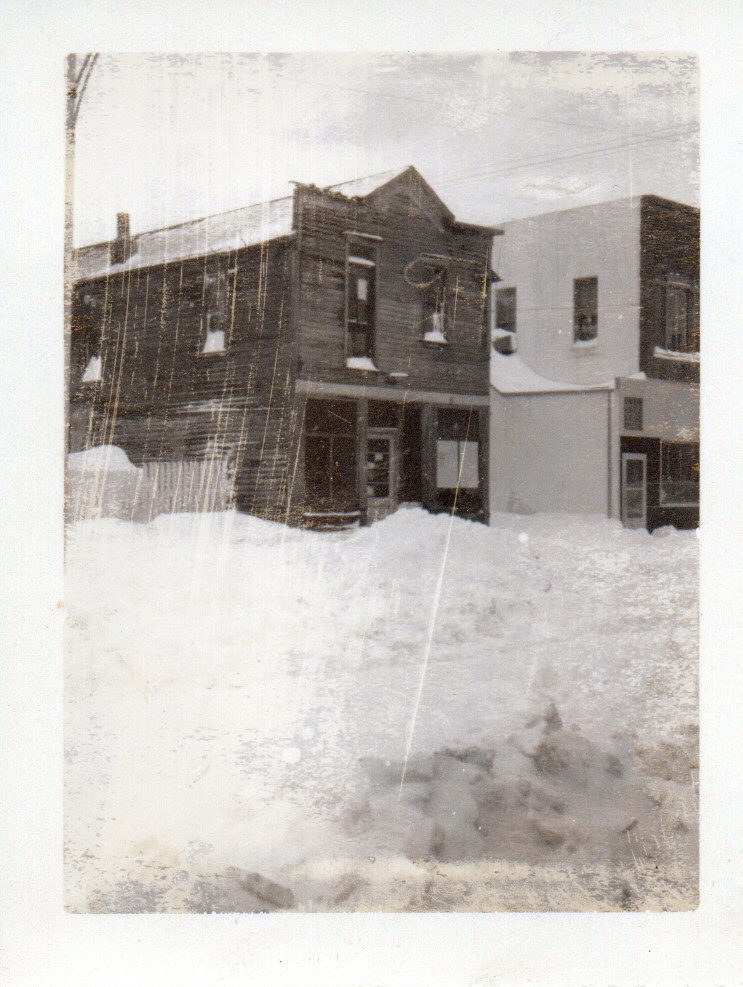
4. Wilson Old City Jail
An interesting use of resources is proof when the City Council, for fire protection and for street sprinkling commissioned to have a frost-proof water tank installed over a gasoline engine keeping the tank filled from the water well located beneath the tower. After 1935, the lower part of the tower was used as the City Jail.
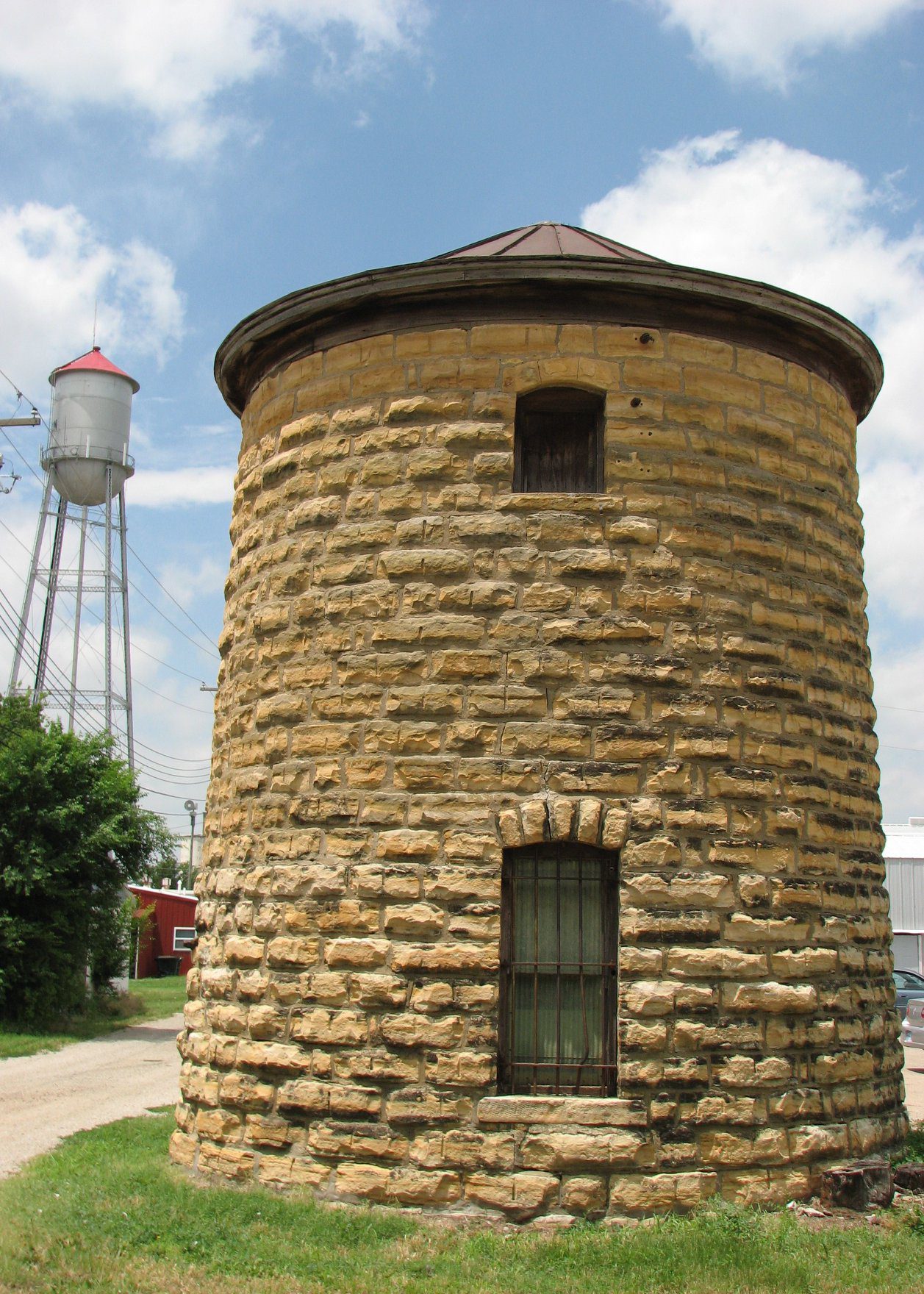
5. Tobias Building
W. B. Power and J.F. Tobias built the north building. J. F. Tobias purchased the Windsor Hotel, to the south and connected the two stone building by adding a front brick façade. The building served as the post office from 1909 until 1964. The City Council, Masonic Lodge and school classes used the meeting rooms upstairs. The rooms were later converted as apartments.
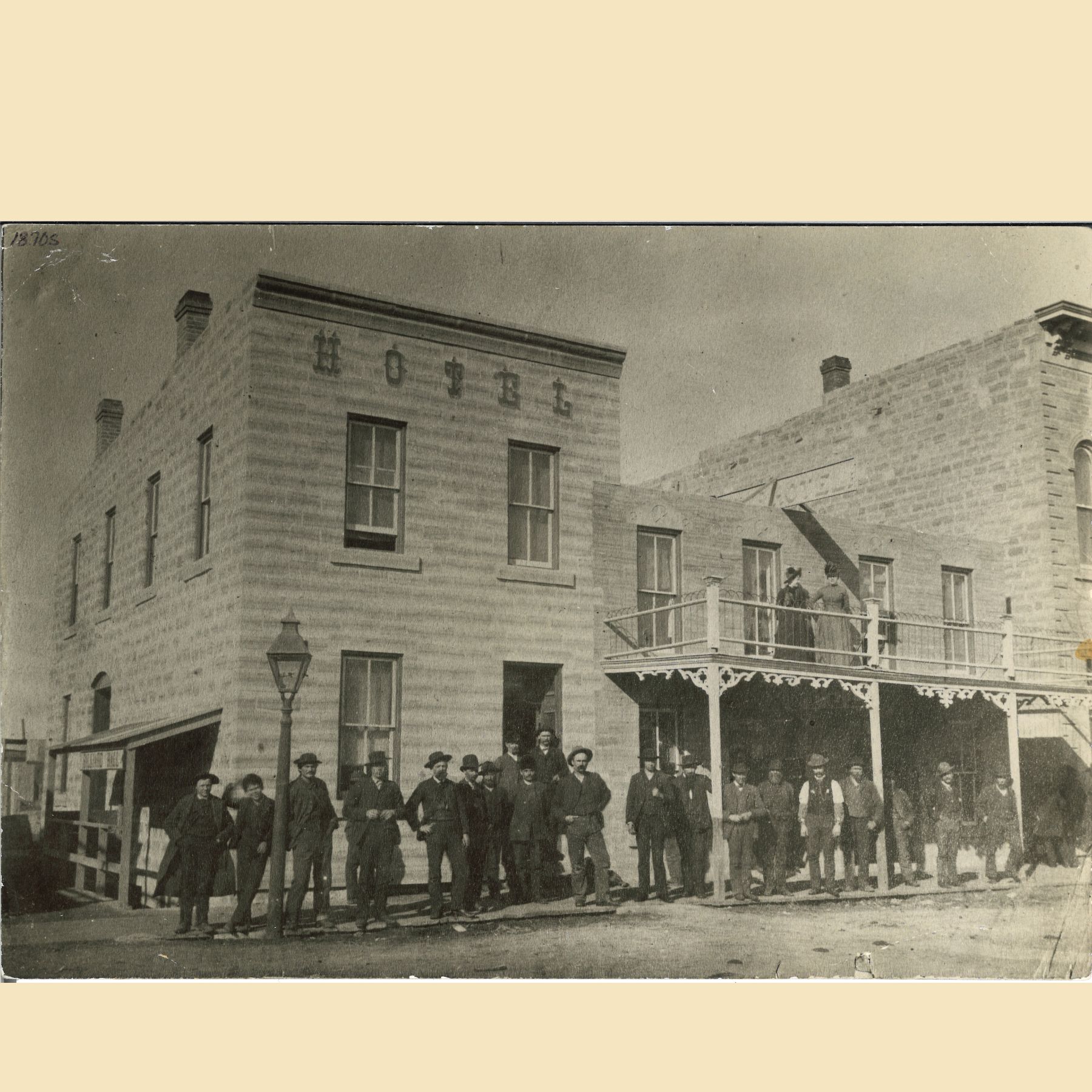
6. IOOF Lotta Drug Building
Built in 1884 of native stone had a ”storefront” on the northern two thirds of the façade and served as home to a local drug for more than eighty years. James Latta, the original owner/builder was involved in the I.O.O.F. and built the meeting hall on the upper floor. The cost of building this structure was $5,000.
